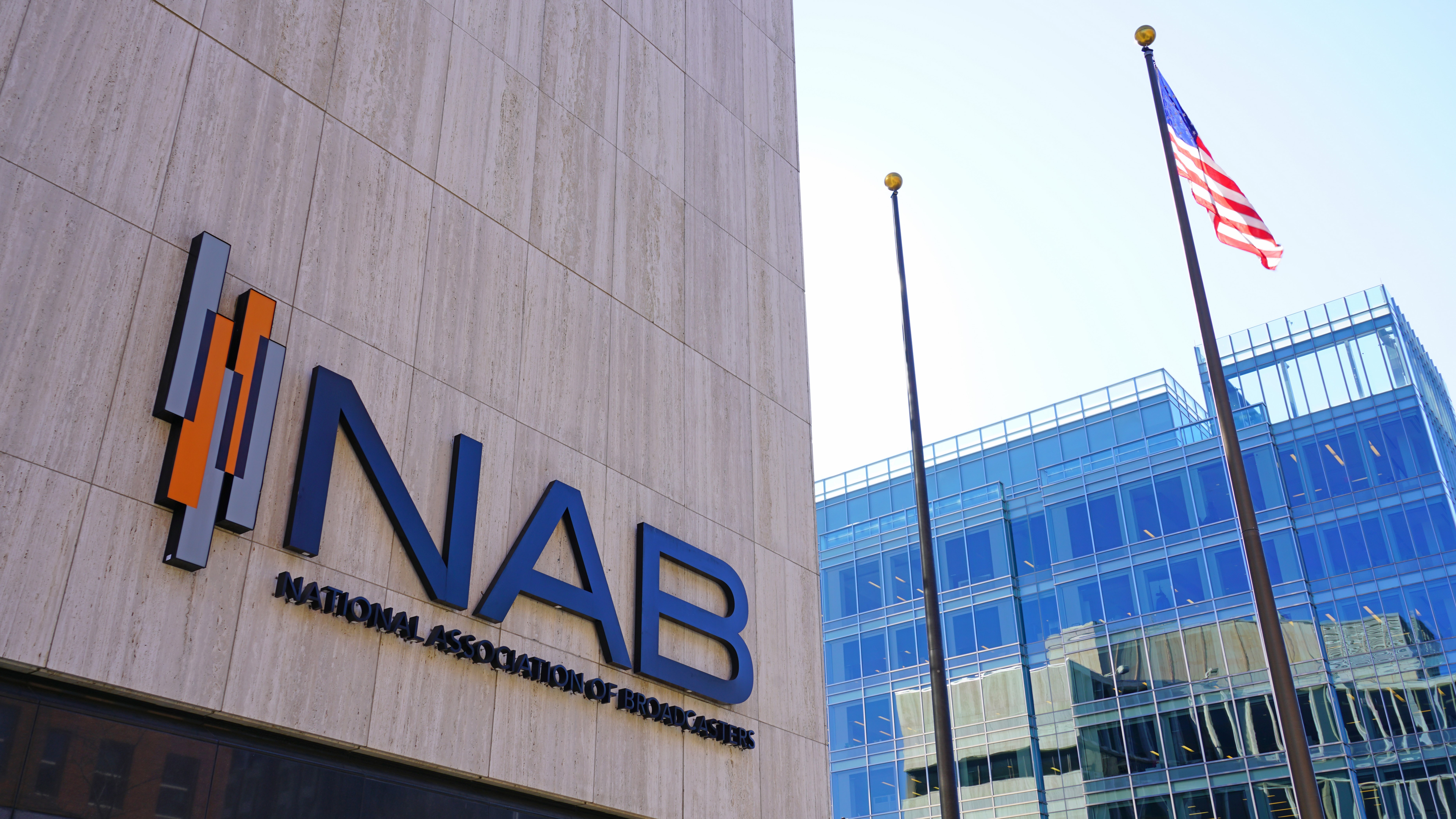
WASHINGTON—NAB told the FCC this week that the agency should not change its rules that prohibit client-to-client communications in the 6GHz band—especially the portions used for mobile service—until the commission and other stakeholders gain “real-world experience” with unlicensed operations in the band.
“Fortunately, the commission can revisit this decision as users gain more experience with 6 GHz deployments and authorize client-to-client use across the entire band if that proves warranted and sustainable,” the filing said.
The association told the FCC that client-to-client operations should not be authorized at all in the U-NII-6 and U-NII-8 sub-bands. The “increased density of transmitters unacceptably increases the likelihood and extent of interference,” it said.
“At a minimum, however, the commission must restrict client-to-client communications to clients authorized by a common LPI [low-power indoor] access point,” the filing said.
Noting that the agency has already concluded that mobile hotspots and transportable devices must be prohibited from operating in the 6 GHz band to avoid interference with licensed 6 GHz band users, NAB questioned why now is the right time to consider a rule revision.
PLUS: NAB Brands Efforts to Expand Unlicensed Access in 6 GHz Band as 'Premature'
“The question before the commission is what, if anything, has changed to warrant a reversal of that decision. The answer is nothing,” NAB’s filing said.
The professional video industry's #1 source for news, trends and product and tech information. Sign up below.
In the filing, NAB told the commission that client-to-client communications creates unique risks. While LPI access points can communicate to client devices some 951 feet away, they can only detect an ENG camera transmitter 390 feet away. These distances correspond to 19.611 square feet and 8,116 square feet, respectively, the filing said.
“Thus, the distance over which licensed transmitters can be detected is less than half the distance over which clients can communicate with an access point,” it said. (Italics added by NAB.)
Interference to ENG receivers from LPI access points can happen at much greater distances—“almost nine times the distance over which they can detect an ENG transmitter,” NAB said. (Italics added by NAB.)
“LPI access points effectively operate as ‘alligators’ –all ‘mouth’ (casting a large transmitter interference distance) with almost no ‘ears’ (having a much smaller incumbent detection distance),” the filing said. NAB labeled the consequence of authorizing such use as “a risky interference environment” at venues in which ENG and 6 GHz Wi-Fi devices are both used.
PLUS: NAB Counters Facebook Proposal for 6 GHz VLP Operation
If the agency authorizes client-to-client communications, the situation will only be exacerbated by “a congregation of alligators with each one taking a bite out of the interference-free area for ENG operations,” the filing said.
NAB further argued that allowing client-to-client communications between clients that involve more than one LPI access point will unacceptably increase the density of transmitters and boost the chance and extent of interference.
Rather than considering a rule change, the FCC should focus its efforts on “ensuring unlicensed 6 GHz devices as currently authorized will not [be] causing harmful interference to 6 GHz incumbents,” NAB said.
Phil Kurz is a contributing editor to TV Tech. He has written about TV and video technology for more than 30 years and served as editor of three leading industry magazines. He earned a Bachelor of Journalism and a Master’s Degree in Journalism from the University of Missouri-Columbia School of Journalism.

